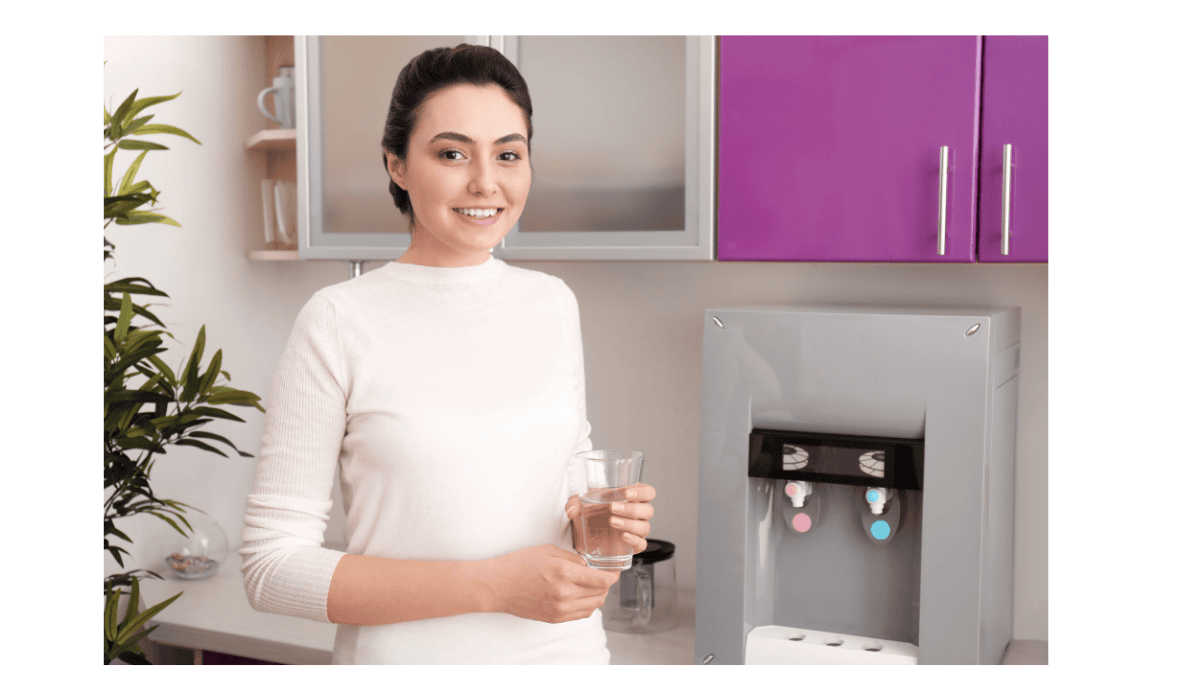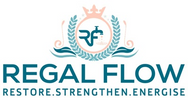
How Countertop Water Dispensers Improve Drinking Water Quality
Ever wonder why your tap water sometimes smells like a swimming pool? That’s chlorine—and it’s just one of many hidden contaminants. Short answer? Countertop Dispensers filter out the bad stuff, improving taste and safety. Keep reading for the health benefits of using countertop water dispensers —your hydration game is about to level up!
Introduction: Enhancing Water Purity
Ever taken a sip of tap water and thought, this tastes a bit... off? Maybe a hint of chlorine, a metallic tang, or just something that doesn’t sit right? You’re not imagining it—your water might be carrying more than just H₂O. From hidden contaminants to questionable odours, tap water isn’t always as clean as it seems. That’s where countertop water dispensers come in, filtering out nasties and giving you crisp, refreshing water straight from your kitchen.
Understanding Water Contaminants
Tap water might look clear, but what’s lurking beneath the surface? Some common troublemakers include:
- Chlorine – Used to disinfect, but can leave a swimming pool-like taste and smell.
- Heavy Metals (Lead, Mercury, Arsenic) – Can seep in from old pipes and industrial pollution.
- Microplastics & Chemicals – Found in many water supplies due to environmental waste.
- Sediments & Impurities – Tiny bits of dirt, rust, and debris affecting taste and clarity.
While water treatment plants do their best, they don’t always catch everything—meaning an extra layer of filtration at home is a smart move.
The Role of Filtration
Think of filtration like a security checkpoint for your water. It blocks harmful substances, allowing only clean, safe water to pass through.
Countertop dispensers use multi-stage filtration to:
- Remove chlorine and chemical residues
- Trap dirt, rust, and other particles
- Reduce heavy metals and harmful bacteria
- Improve taste, smell, and overall water quality
By tackling different contaminants at different stages, they make sure every sip is fresh and pure.
Filtration Mechanisms in Countertop Dispensers
Activated Carbon Filtration
Removal of Chlorine and Odours
Ever noticed how tap water can taste a little like a public swimming pool? That’s chlorine at work. Activated carbon filters absorb chlorine, organic compounds, and unpleasant odours, leaving water tasting fresh and neutral. The best part? It does this without stripping away essential minerals like calcium and magnesium.
Reverse Osmosis Filtration
Removal of Heavy Metals and Dissolved Solids
Reverse osmosis (RO) is the heavyweight champion of water purification. It forces water through an ultra-fine membrane, removing:
- Lead, mercury, and arsenic – linked to serious health risks.
- Fluoride & nitrates – common in tap water, but not always beneficial in high amounts.
The result? Ultra-pure water, free from the majority of dissolved solids.
UV Light Purification
Bacteria and Virus Elimination
If bacteria and viruses are a concern, UV light purification is a game-changer. By exposing water to ultraviolet light, this system destroys harmful microorganisms without adding any chemicals. It’s an extra level of protection that keeps your water safe and healthy.
Sediment Filtration
Removal of Particles and Turbidity
Sediment filters are the first line of defence, catching visible impurities like:
- Sand
- Rust
- Dirt
- Cloudiness from suspended particles
Not only does this improve clarity, but it also prevents clogging in more advanced filters—keeping the system working efficiently.
Benefits of Filtered Water
Improved Taste and Odour
No more chlorine taste, no more odd smells—just clean, crisp water that’s a pleasure to drink.
Enhanced Safety and Health
Filtering out heavy metals, bacteria, and pesticides reduces your exposure to harmful substances, helping you stay hydrated and healthy.
Reduced Contaminant Levels
A countertop dispenser significantly cuts down on pollutants, giving you peace of mind with every glass.
Comparing Filtered Dispenser Water to Other Sources
Tap Water vs. Filtered Water
Tap water is regulated but still contains contaminants that affect taste and safety. Filtration removes the excess, leaving you with cleaner, better-quality drinking water.
Bottled Water vs. Filtered Water
Bottled water might seem like an easy option, but:
- It’s expensive over time
- It creates plastic waste
- Some brands are just repackaged tap water
A countertop water dispenser gives you bottled-water quality without the waste or the price tag.
Addressing Common Concerns
Filter Effectiveness
Not all filters are created equal! Look for NSF/ANSI-certified models to ensure they’re properly tested for contaminant removal.
Maintenance and Replacement
Filters need changing every 3-6 months, but it’s a quick and easy process. A small effort for consistently clean water.
Conclusion: Achieving Cleaner, Safer Drinking Water
Countertop water dispensers offer a simple way to get pure, fresh, and safe drinking water—without the hassle of bottled water or the uncertainty of tap water. With advanced filtration, they remove contaminants, improve taste, and give you peace of mind. Whether you’re looking to ditch plastic bottles or just want cleaner hydration at home, a countertop dispenser is a smart, sustainable choice.
Better water, better health, better planet. Cheers to that! 🚰
More Countertop Water Dispenser info we think you'll love
Health Advantages of Filtered Water from Countertop Dispensers
Countertop Water Dispensers: Safe, Clean & Contaminant-Free Water
Encouraging Hydration: The Role of Convenient Water Dispensers
Alkaline Water Dispensers: Do They Offer Additional Health Benefits?
Why Choose a Countertop Water Dispenser? Exploring Health and Practical Advantages
The Health and Environmental Benefits of Countertop Water Dispensers


Leave a comment